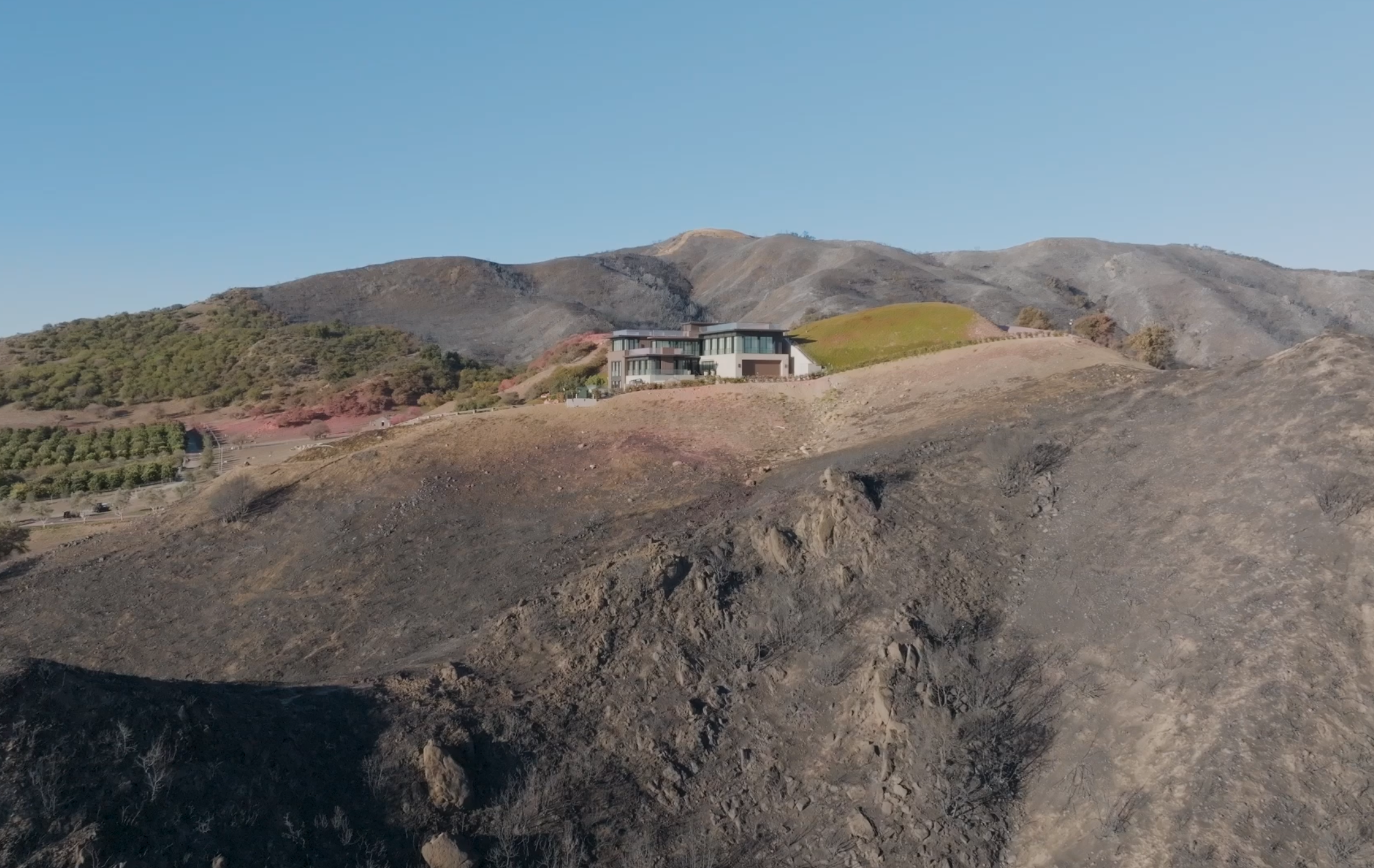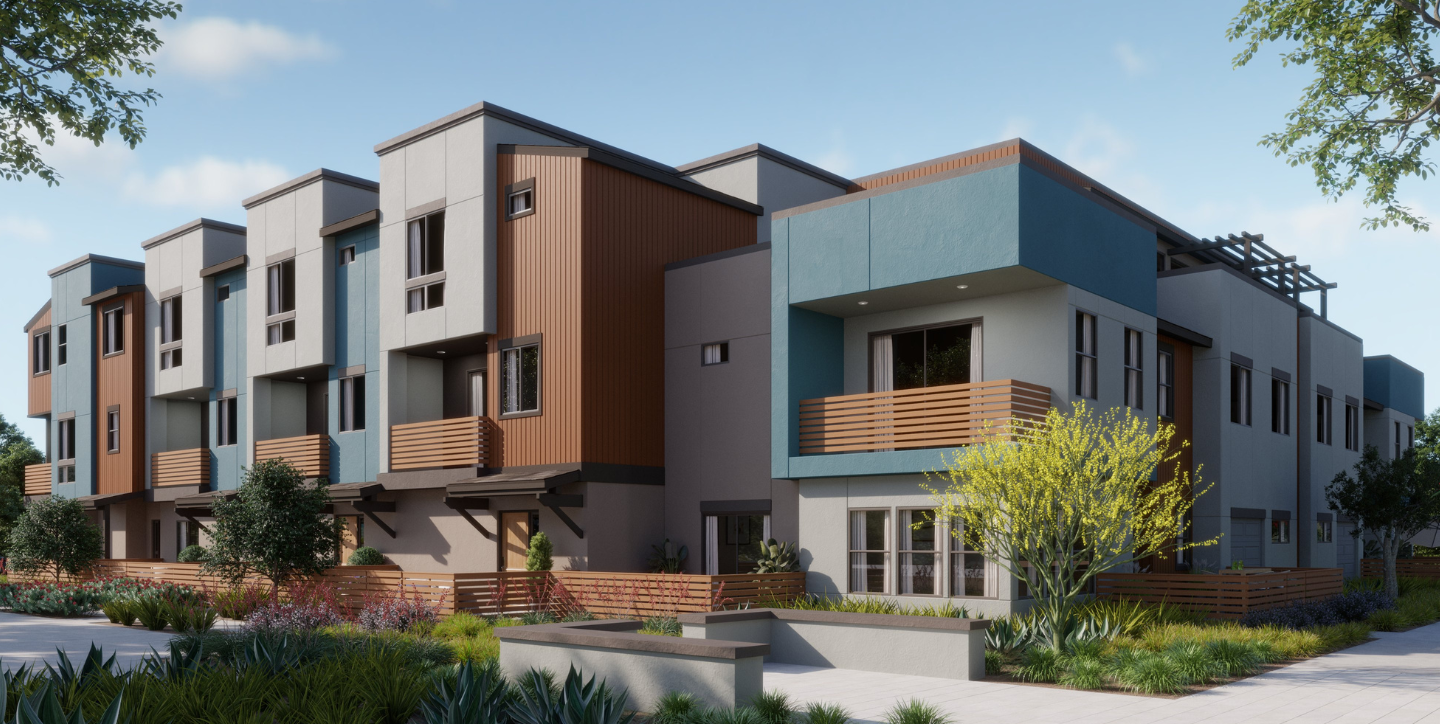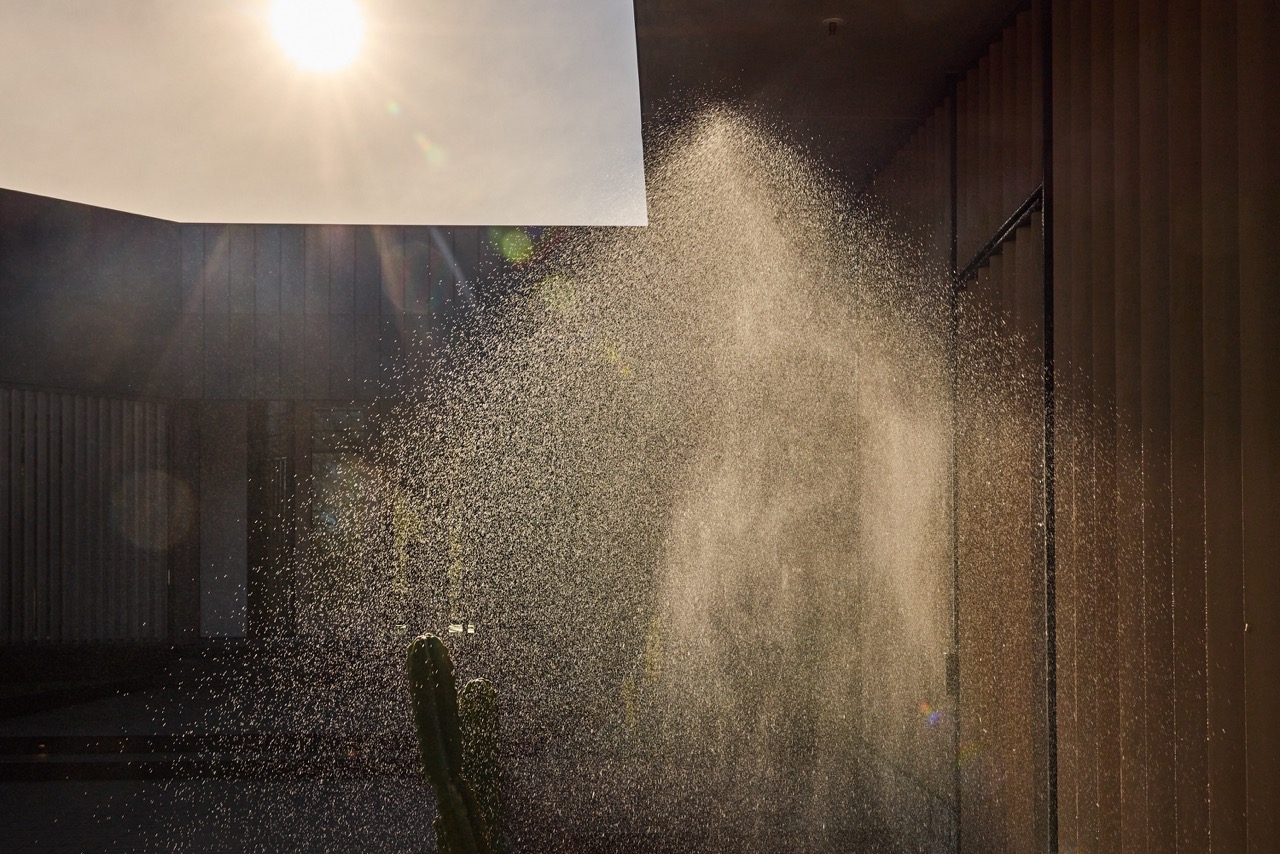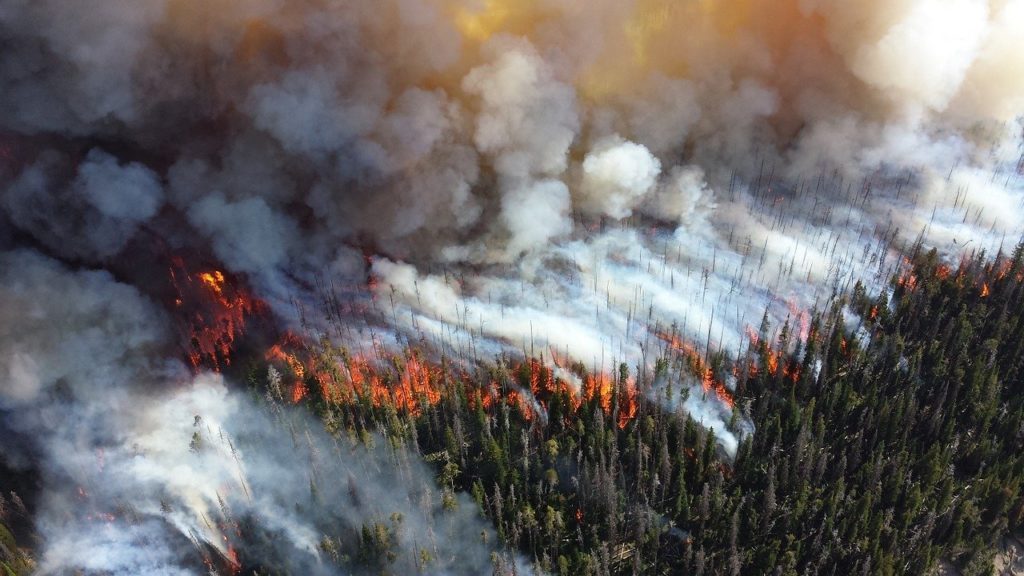
Wildfires are a widespread issue in the United States, causing costly and deadly destruction across the country every year. As climate conditions continue to worsen, these disasters are becoming even more common and destructive, particularly in states like California that see frequent droughts.
To prepare for wildfires and stay protected during these catastrophic events, it’s important for residents in fire-prone areas to understand what causes fires, how they spread, and what risks they pose. Here are five key facts about wildfires that you need to know.
Protect your home from wildfire by installing a Frontline Wildfire Defense exterior sprinkler system. For more information, contact us today for a free consultation.
5 Facts About Wildfires You Should Know
As wildfires continue to tear through the US, individuals in at-risk states should take the time to learn more about the risks these fires present and how they can protect themselves from these dangers. These are five important facts about wildfires everyone should know:
1. Many States at High Risk of Wildfires
California is known to be the state with the most frequent and devastating wildfires in the country, but it is far from the only state that experiences these disasters. Texas, Colorado, and Oregon have suffered extreme damage from wildfires over the past several years. While wildfire is possible in all U.S. states, here are the states with the highest risk:
| State | Acres Burned in 2020 |
| California | 118,300,040 |
| Oregon | 797,792 |
| Washington | 351,675 |
| Montana | 307,384 |
| Texas | 269,430 |
| Utah | 216,691 |
| Alaska | 157,716 |
| Colorado | 150,026 |
| Oklahoma | 71,769 |
| Arizona | 49,469 |
| New Mexico | 46,496 |
| Florida | 44,765 |
| Nevada | 39,498 |
| South Dakota | 27,685 |
| Kansas | 21,546 |
| Mississippi | 18,118 |
2. Dry Conditions Increase the Risk of Wildfires
One of the primary factors increasing the frequency and severity of wildfires throughout the US is increasingly dry conditions. Droughts and dry vegetation combined with strong winds and combustible materials lead to fast-spreading wildfires that are difficult to contain and cause significant destruction. During dry months, it’s important for individuals to avoid activities that can lead to fires, such as burning yard waste, lighting campfires, setting off fireworks, etc.

3. 29% of Properties in California Are at Risk
While wildfires occur throughout the country, California remains the state with the largest risk of wildfires. 29% of properties in California are at risk, accounting for a total of over 2 million properties. This makes it important for California homeowners, in particular, to prepare for wildfire season by creating an evacuation plan and removing flammable materials from around their property.
4. Wildfires Create Hazardous Air
It’s important to remember that the dangers presented by wildfires aren’t limited to the fires themselves. Smoke and burning debris created by these fires lead to hazardous air quality, and breathing this air can cause health problems and exacerbate existing health conditions. The microscopic particles in smoke can cause bronchitis, runny noses, and burning eyes. Fine particles from wildfires are also linked to premature death in people with chronic heart and lung conditions, according to the Environmental Protection Agency (EPA).
5. 90% of Wildfires Are Man-Made
90% of all wildfires are man-made. Human causes of wildfires can range from discarding burning cigarette filters to leaving campfires unattended. Residents in fire-prone areas should avoid taking part in any activities that could ignite nearby dry vegetation and should always check local weather forecasts before going camping, off-roading, or doing anything else that carries a risk of starting a fire.
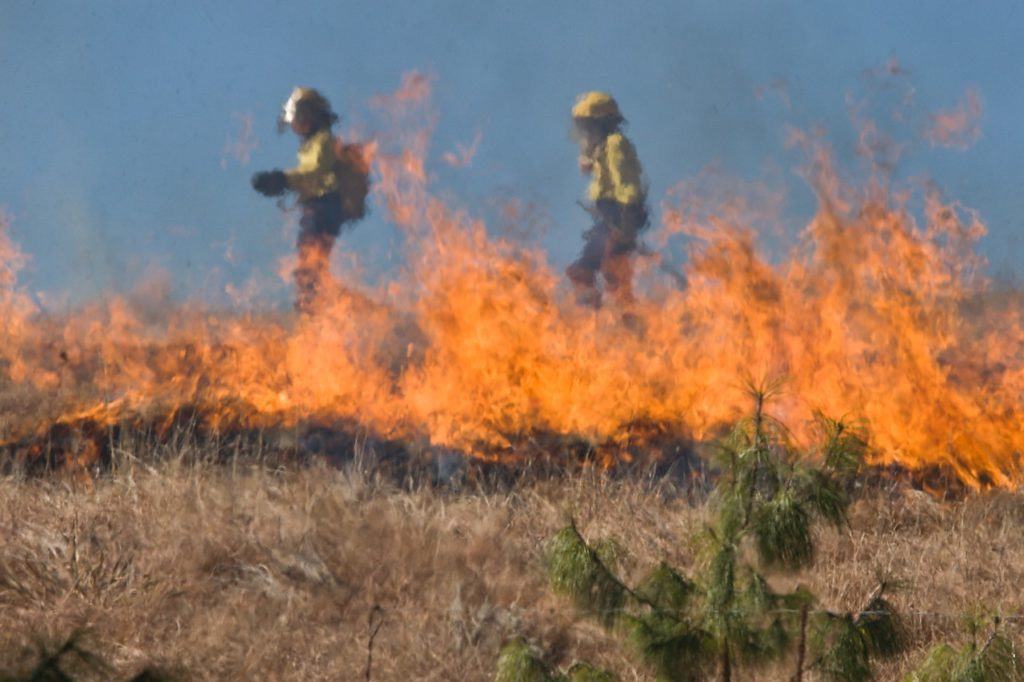
How to Prepare for Wildfires
Wildfires need fuel to spread, making it important for homeowners to remove flammable materials from around their homes to prevent ignition and reduce the chances of fires spreading through their communities.
Keep these tips in mind to help reduce your risk of wildfire damage:
- Manage Home Ignition Zones. Manage surrounding landscape, and remove flammable materials within Home Ignition Zone 0 (0′ to 5′ from Home) and Home Ignition Zone 1 (5′ to 30′ from Home).
- Use non-combustible home building materials when possible to reduce the possibility of ignition.
- Install a roof sprinkler system to proactively hydrate your home and surrounding property. These systems help protect against ignition caused by drifting embers.
- Close windows when a wildfire threatens and consider using multi-pane, tempered glass windows.
- Fireproof your outdoor deck by removing flammable materials and using non-combustible deck boards.
- Avoid burning yard waste, lighting fireworks, or burning trash during dry months, and always check with local authorities to learn more about what activities should be avoided during your local fire season.
Following these fire preparedness tips will help you minimize the damage caused to your home and community when a wildfire approaches. To further prepare yourself and your family for wildfires, make sure to create an evacuation checklist. An evacuation checklist will ensure you and your family will know what to do in case of an emergency.
The Frontline Wildfire Defense System
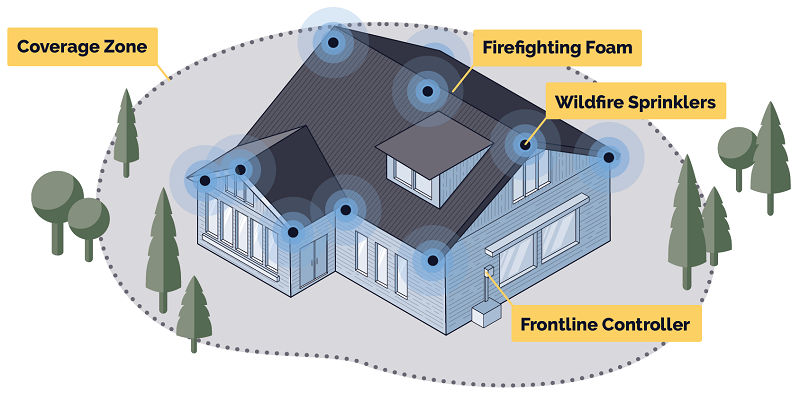
The Frontline Wildfire Defense exterior sprinkler system can protect your home from wildfire with:
- Remote activation for 24/7 protection from anywhere
- Built-in battery backup and satellite communication
- Environmentally friendly, biodegradable Class A foam
- Municipal, well, pool, and emergency water tank supply options
- Wildfire tracking and remote system activation using the Frontline app
For more information on how Frontline Wildfire Defense can help safeguard your home, contact us today for a free consultation.
